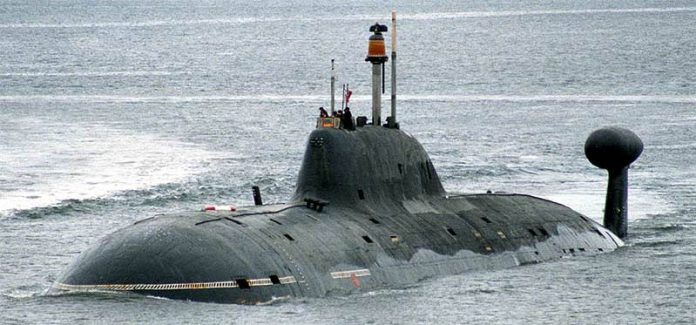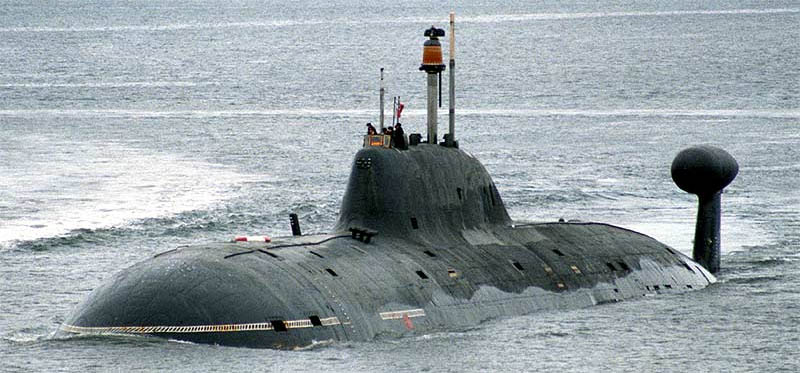
The icy quiet of the world’s seas has frequently hidden the most significant developments in international power politics. On Friday, President Donald Trump broke that silence not with the firing of a missile, but with a message “I have ordered two Nuclear Submarines to be positioned in the appropriate regions, just in case these foolish and inflammatory statements are more than just that,” he wrote on Truth Social, in response to Russia’s Dmitry Medvedev and his nuclear saber-rattling. While markets shook and NATO allies rushed for briefings, the announcement brought the dark world of submarine deterrence into the cold light of public examination.
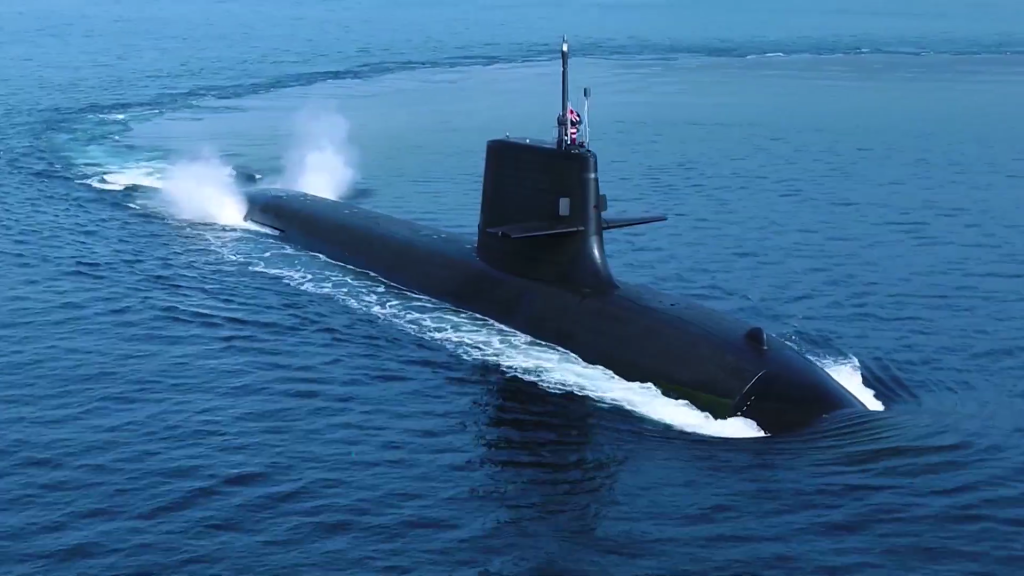
1. Strategic Deterrence: Submarines as the Ultimate Insurance Policy
The United States’ move to redeploy nuclear submarines close to Russia is more than a display of power it is activation of the most survivable leg of America’s nuclear triad. The U.S. Navy fleet of ballistic missile submarines (SSBNs) is intended to provide that, even in the case of a catastrophic first strike, there is a credible second-strike capability available.
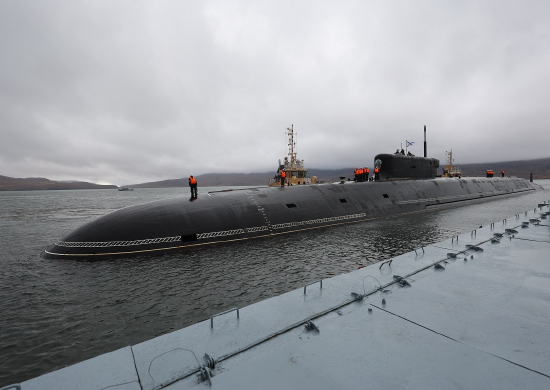
As outlined in historical accounts, “the Navy’s SSBNs have long been appreciated by the Department of Defense (DOD) as the most survivable leg of the United States’ nuclear triad, also consisting of strategic bombers and land-based intercontinental ballistic missiles” the Navy’s SSBNs have long been appreciated by the Department of Defense (DOD) as the most survivable leg of the United States’ nuclear triad. These silent and deployable submarines are an effective deterrent to opponents considering a nuclear first strike.

2. The Escalation Spiral: Technology Meets Rhetoric
Trump’s directive directly responded to Medvedev’s cold invoking of Russia’s “Dead Hand” system, a Cold War technology long speculated to instantly fire nuclear weapons if national command is disabled. Medvedev’s message was unmistakable “Every new ultimatum is a threat and a step towards war.” Not with Ukraine, or Russia, but with his own nation.” Trump’s response was just as clear “Words are very important, and can often have unintended consequences, I hope this will not be one of them.
The action is one of the most dramatic nuclear stances taken by an American president since the Cold War, one that reflects a willingness to counter Russian aggressiveness with unmistakable determination Trump’s action is one of the most dramatic nuclear stances taken by an American president since the Cold War.
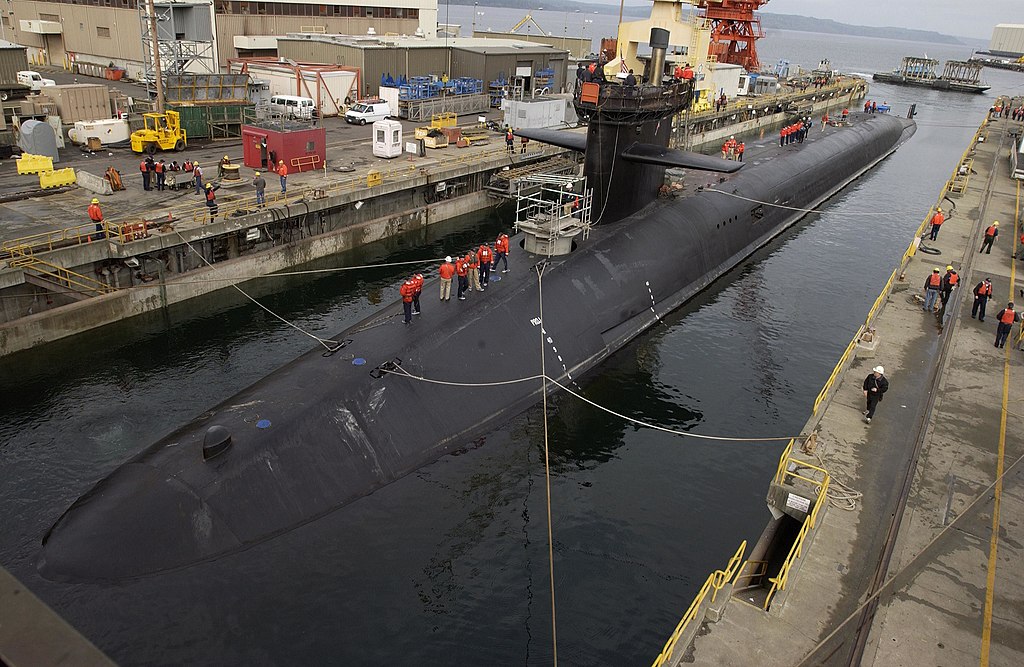
3. SSBNs and SSNs: Capabilities That Define the Balance
Although the Pentagon keeps operational details under wraps, the American submarine force is fully nuclear-powered, yet not all nuclear-armed. The Ohio-class SSBNs, the probable choice for such a prestigious deployment, carry Trident II D5 submarine-launched ballistic missiles (SLBMs). Each boat has a capacity of 20 SLBMs, with each missile having the ability to launch several independently targetable warheads Ohio-class SSBNs, the most probable prospects for such a high-profile mission, carry Trident II D5 submarine-launched ballistic missiles.
In contrast, attack submarines like the Virginia- and Los Angeles-class are designed for anti-submarine warfare, intelligence collection, and strike missions using conventional weapons. The difference is fundamental only SSBNs can deliver the guaranteed nuclear deterrence underpinning U.S. strategic policy.
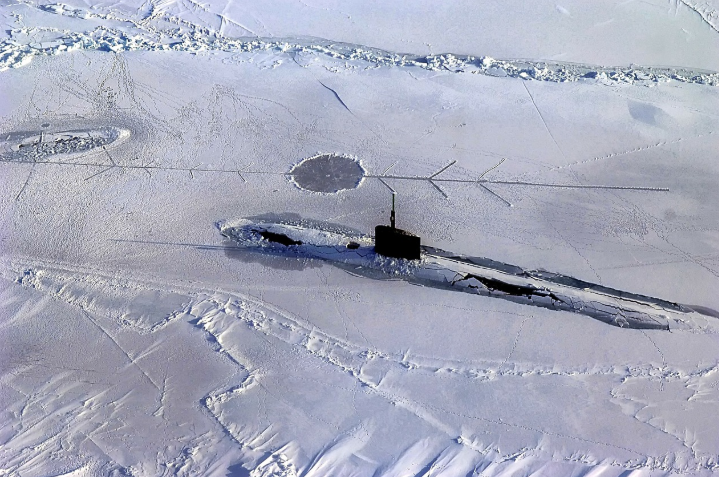
4. Navigating the Arctic: Under-Ice Operations and Technological Mastery
Having submarines in proximity to Russia frequently involves operating in the Arctic, an environmentfull of navigational difficulties and technical obstacles. Submarines operating under ice conditions have to depend on advanced inertial navigation systems, gyrocompasses, and, of late, advanced heading sensors such as the SeaTRAX-85º.
This polar-capable sensor achieves 0.25º heading accuracy at 85° latitude, a first important to navigation and tactical movement in the magnetic turmoil at the pole SeaTRAX-85º achieves 0.25º heading accuracy at 85° latitude. The legacy of the 1958 transpolar voyage of the USS Nautilus remains, yet today’s operations are framed in digital exactness and real-time integration of information.
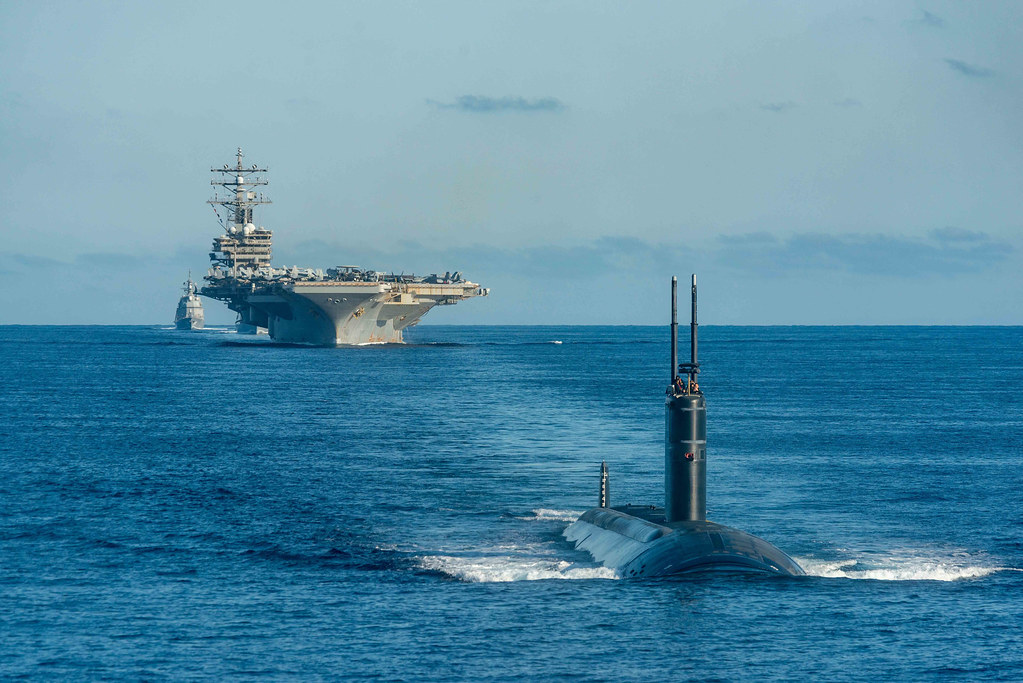
5. Anti-Submarine Warfare: The Cat-and-Mouse Game Intensifies
When U.S. submarines proceed into Russian waters, they enter a realm filled with anti-submarine warfare (ASW) capabilities. Advanced ASW uses towed array sonar systems (TASS), variable depth sonar, and magnetic anomaly detectors to find the slightest presence of a submarine passing through the area.
TASS has the ability to take detection ranges several hundred kilometers, rendering stealth essential TASS has the ability to take detection ranges several hundred kilometers. The marriage of machine learning and AI in ASW platforms today allows for quicker, more precise threat detection, converting the undersea environment into a dynamic, contested battlespace.
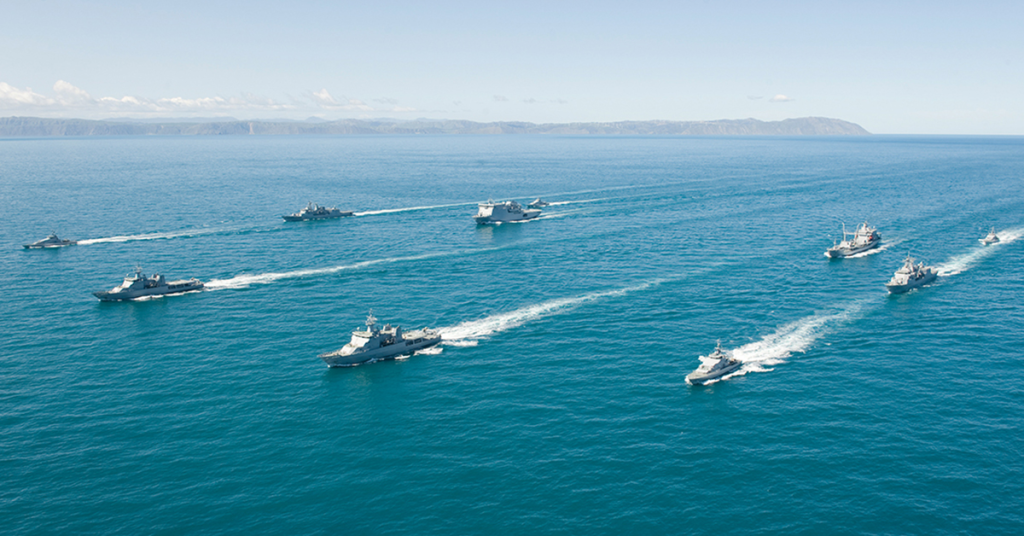
6. The Open-Source Revolution: Satellites, Social Media, and Submarine Security
The cloak of secrecy which previously guarded submarine activity is increasingly breached by commercial satellite imagery, synthetic aperture radar (SAR), and even accidental revelations on social media. High-frequency satellite passes enable analysts to track submarine bases and movements, while SAR can sense changes at shipyards and naval bases.
Social media updates, fitness tracker information, and “sub spotter” forums have disclosed classified information regarding submarine deployments, undermining classic operational security social media updates, fitness tracker information, and “sub spotter” forums have disclosed classified information regarding submarine deployments.

7. Civil-Military Communication in the Age of Truth Social
No doubt most dramatic is the vehicle by which Trump made the submarine deployment announcement his own social media site. This public notification, outside the usual channels, adds fresh danger and complexity to civil-military relations. As Dr. Elena Petrov, a nuclear strategy analyst, noted, “By broadcasting the submarine deployment, Trump is both deterring aggression and potentially making it more likely for the Russians to misunderstand or miscalculate.” The combination of instant communication and nuclear signaling highlights the dangerous tension between rhetoric and reality.
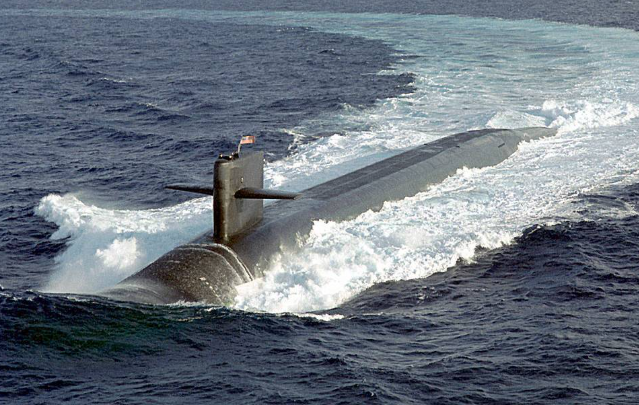
The basing of American nuclear submarines off the coast of Russia is more than a tactical move it is a dramatic show of how high-tech engineering, navigation expertise, and computer technology intersect in support of national defense. As crisis heightens and the globe observes, the quiet service stands at the focal point of a new era of strategic ambiguity, where each sentence and each watt of sonar power can determine the destiny of nations.
